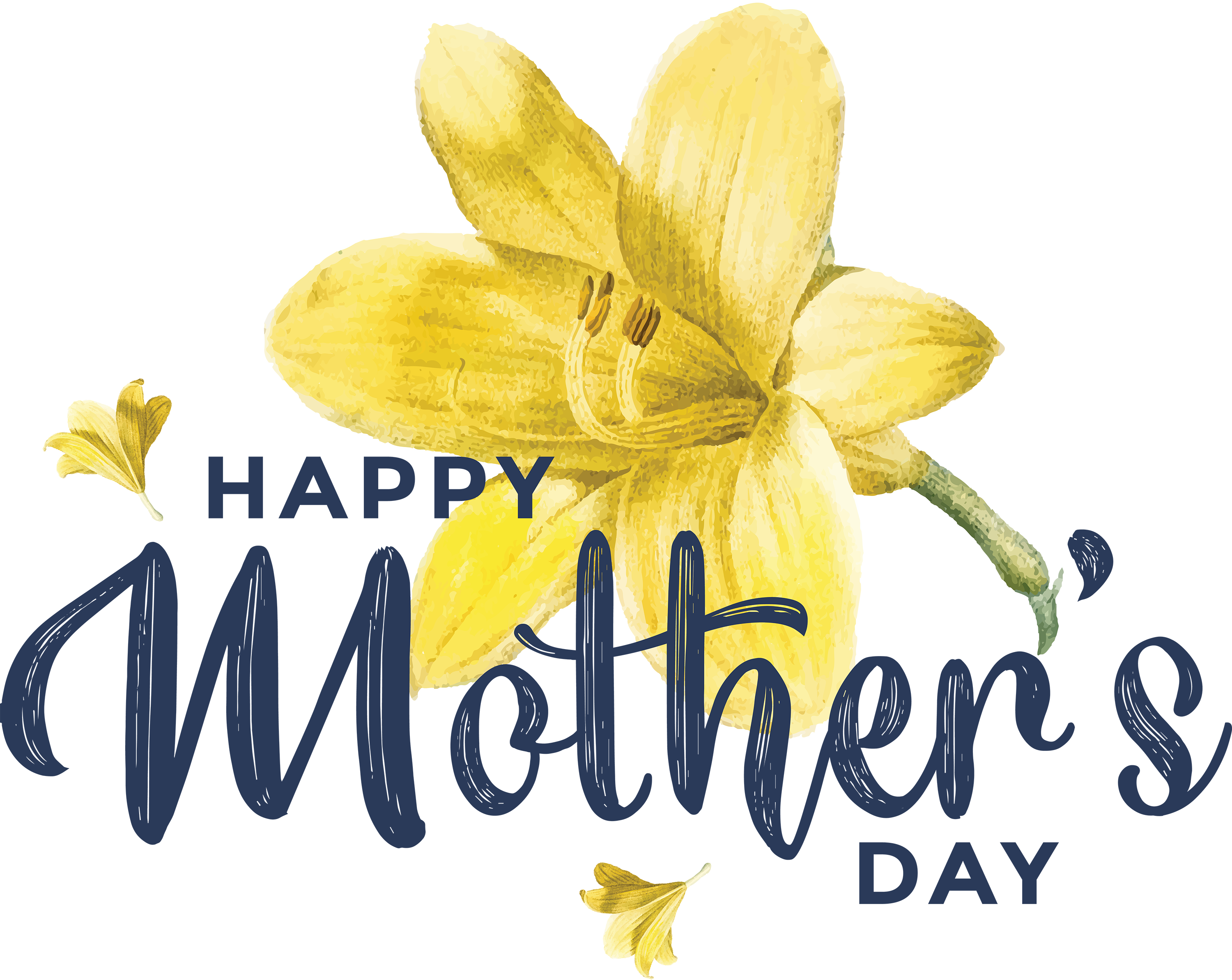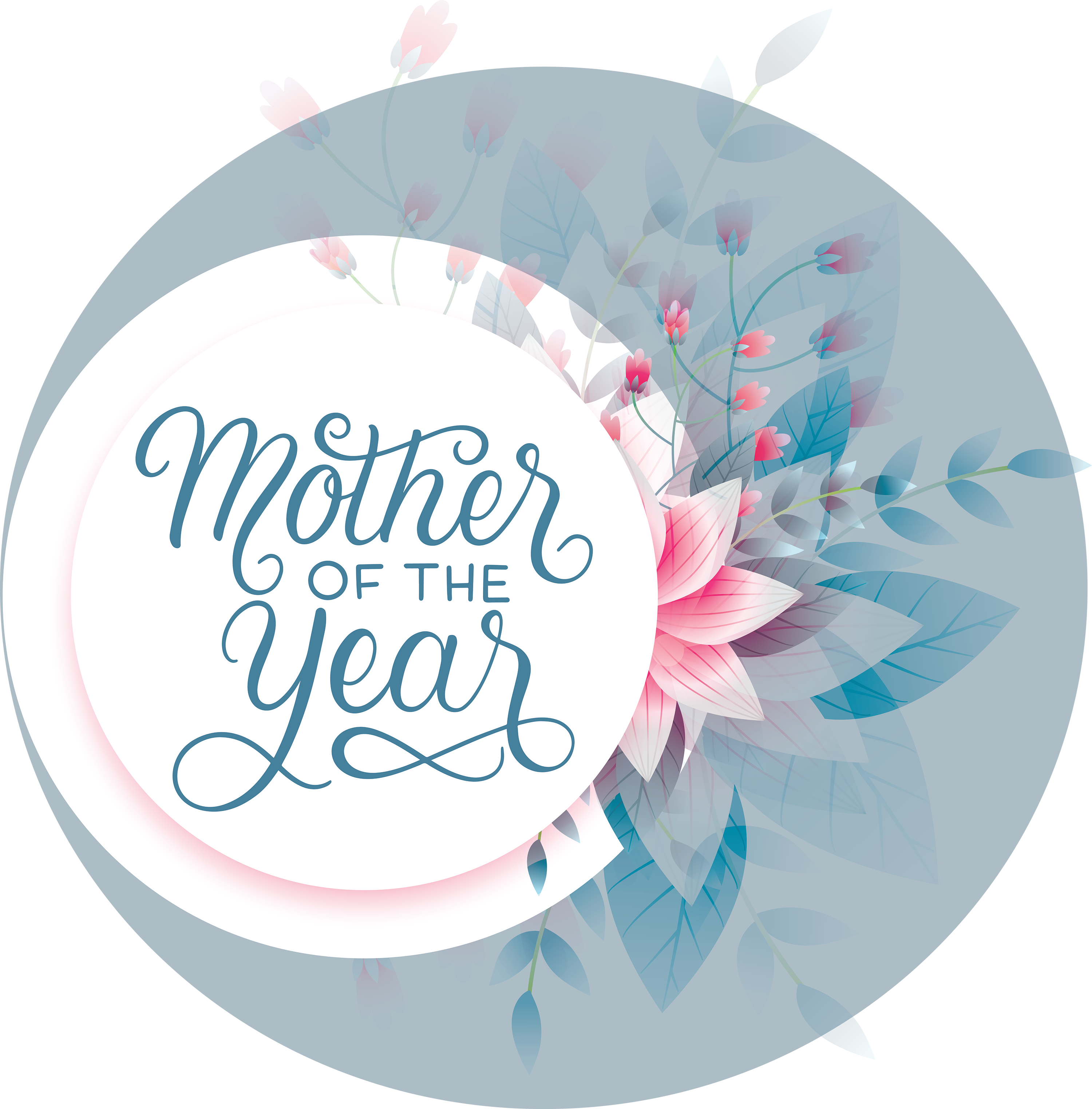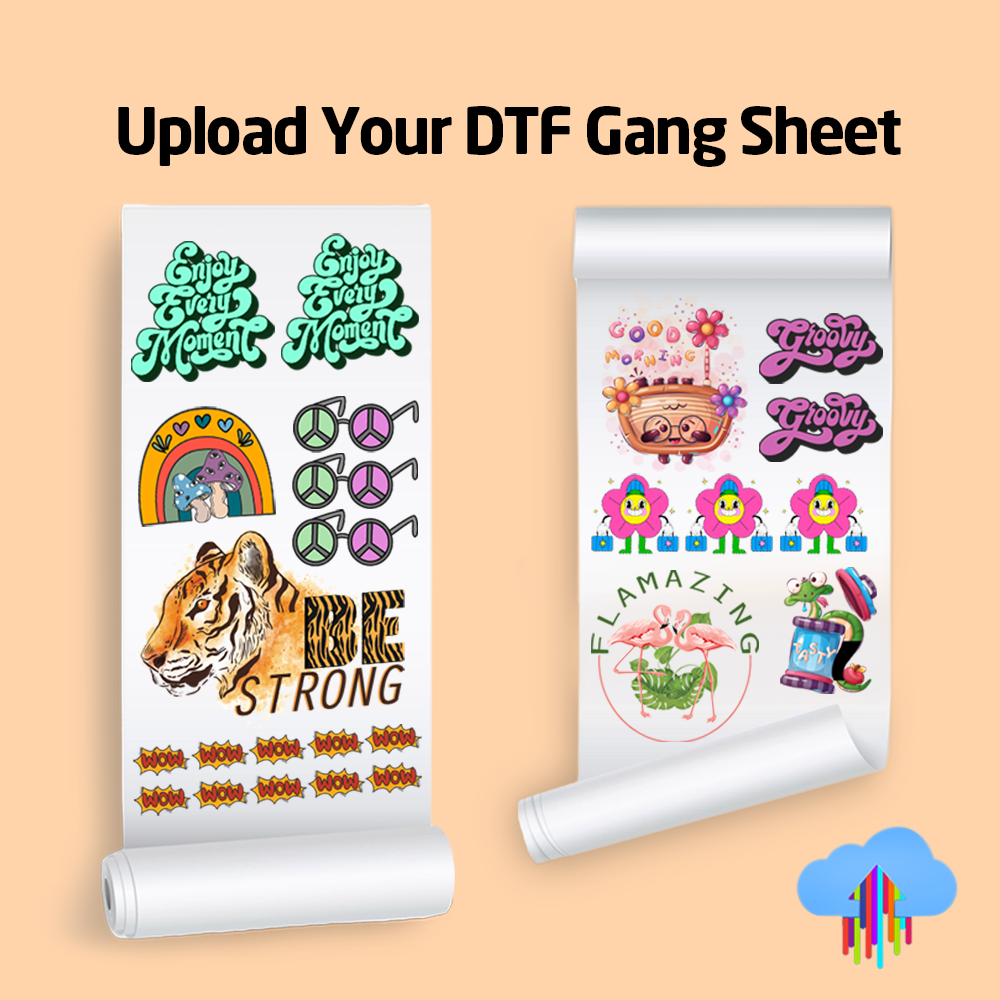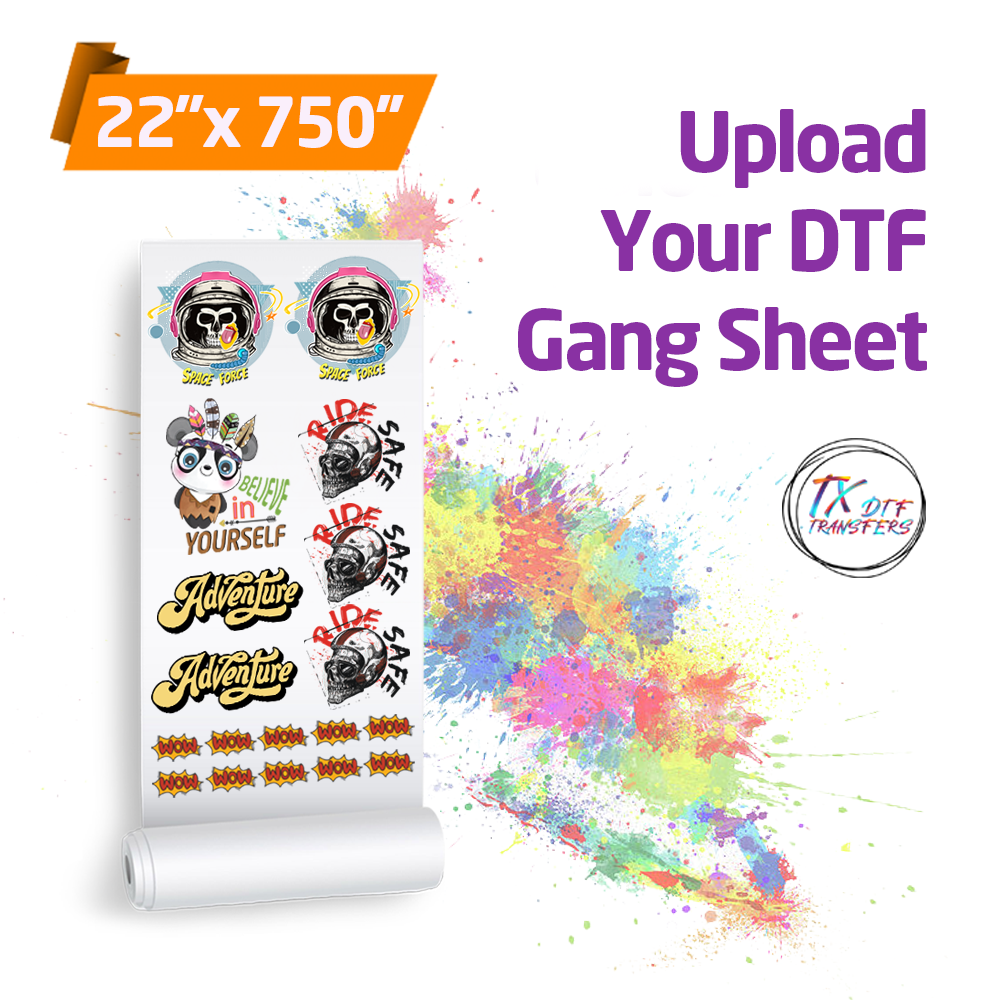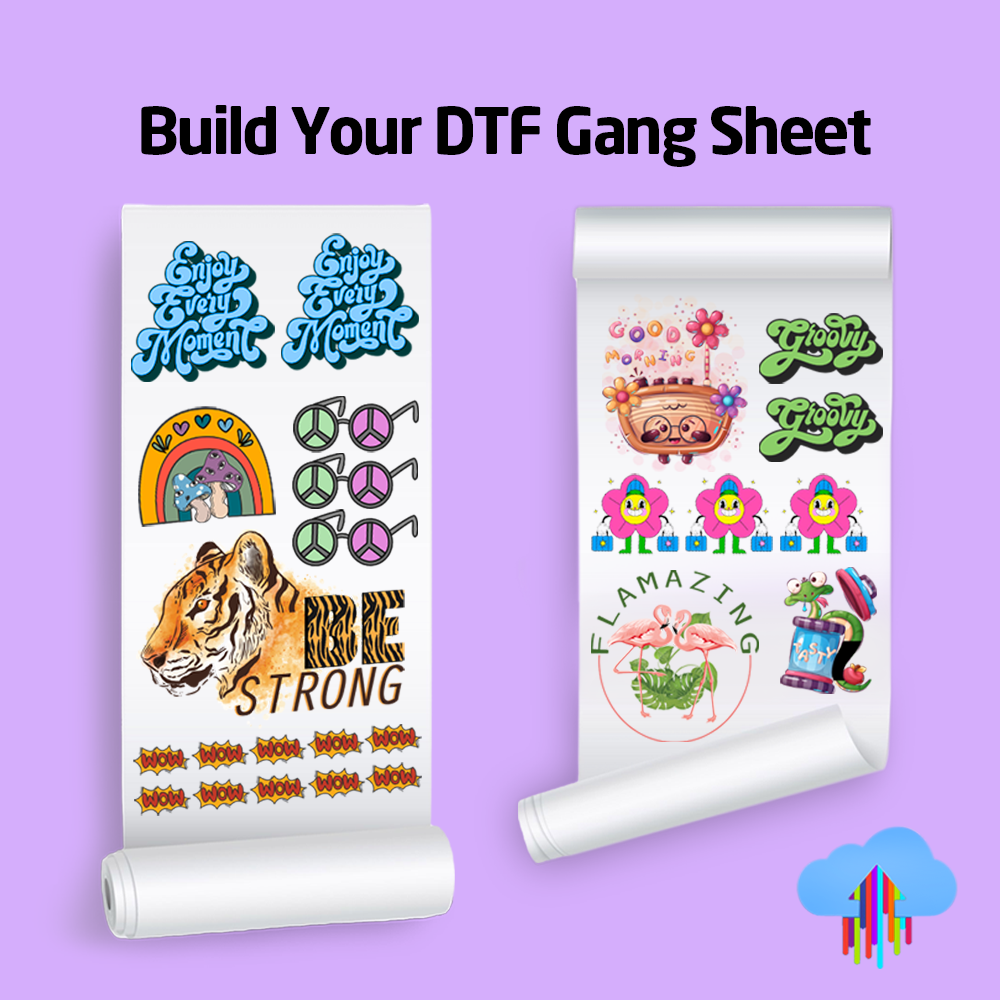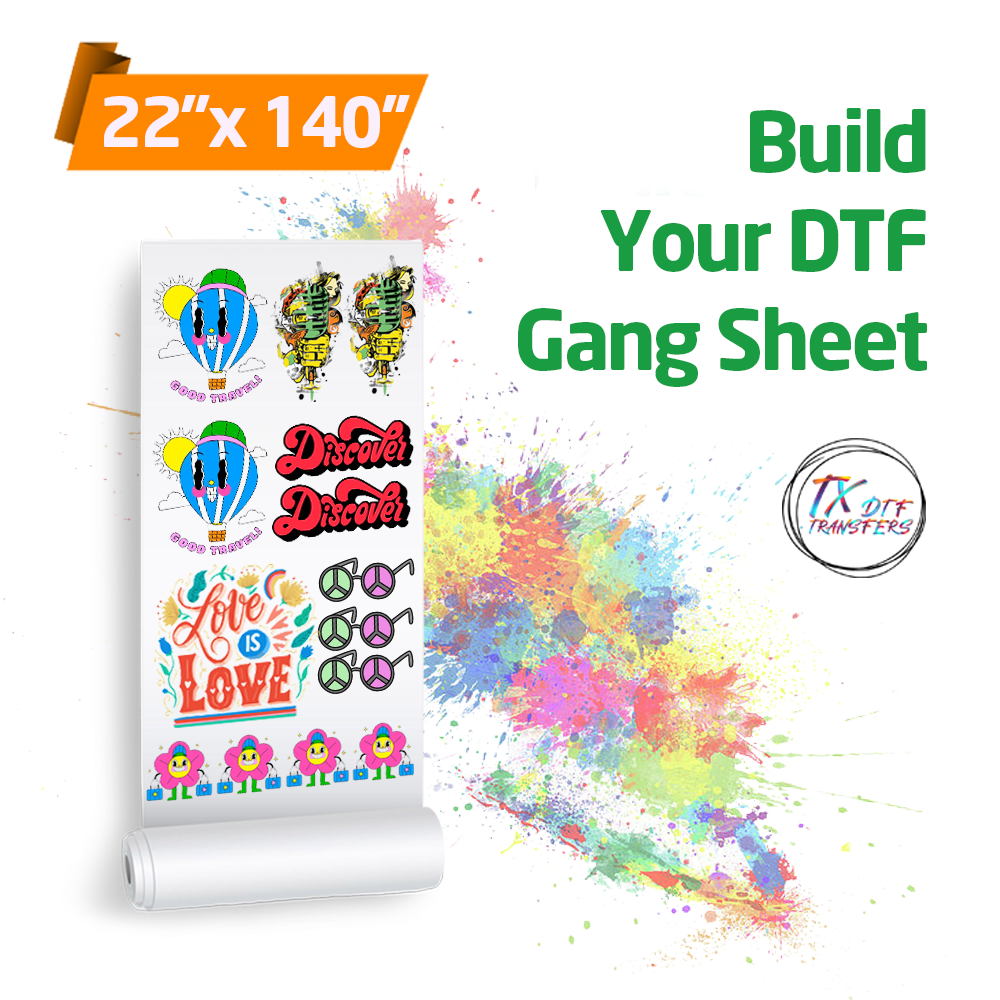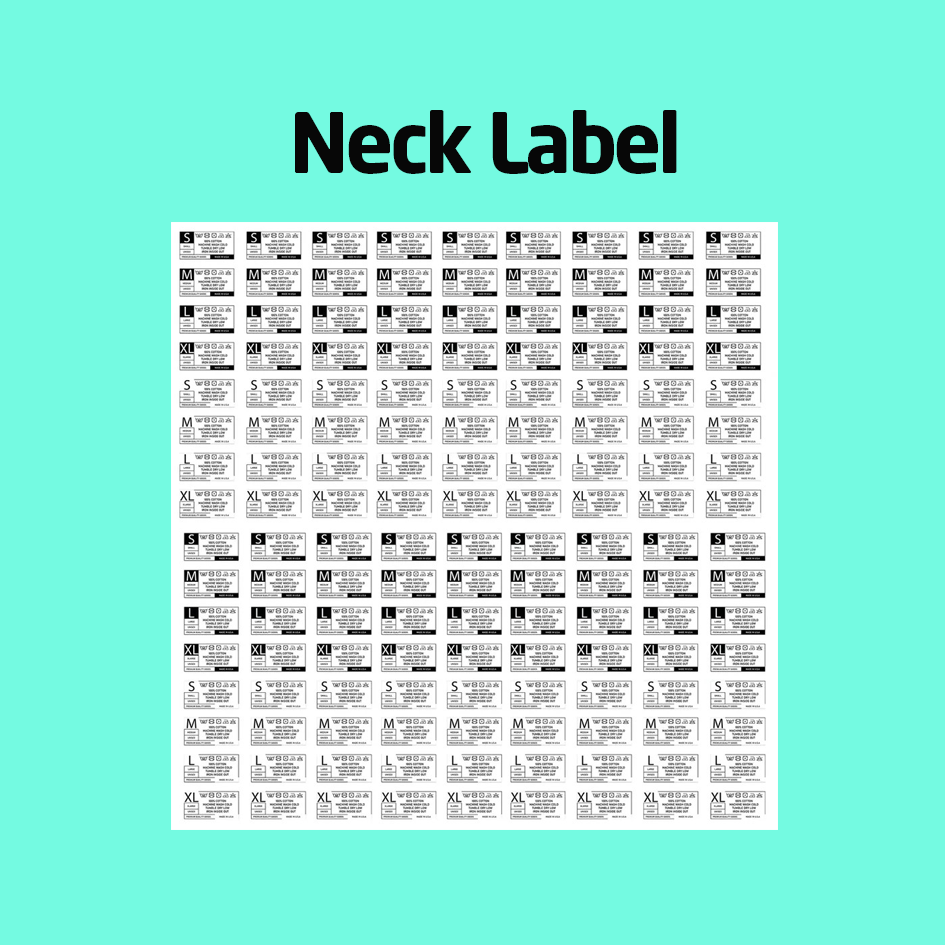DTF Printing vs. Screen Printing: Which Technique Is Better?
In the competitive world of custom apparel, choosing the right printing technique is critical for achieving high-quality results that satisfy customer expectations. Two popular methods dominating the market today are DTF (Direct to Film) printing and screen printing. Each method has its unique strengths and limitations, making the decision process challenging. This comprehensive guide will break down the key differences between DTF printing and screen printing, helping you understand which technique is best suited for your custom apparel needs. Whether you’re a small business owner or an individual looking to create eye-catching designs, read on to learn how these methods compare in terms of quality, cost, versatility, and more.
What is DTF Printing?
DTF printing is a modern digital printing technique that involves printing a design onto a special transfer film using high-quality CMYK inks along with white ink. After printing, an adhesive powder is applied to the wet ink, and the film is cured so that the powder melts and binds with the ink. Finally, the design is transferred onto the garment using a heat press.
Key Advantages of DTF Printing:
-
Versatility: Works on a wide range of fabrics including cotton, polyester, blends, and even unconventional materials. This makes it an excellent option for businesses offering diverse product lines.
-
High Resolution & Vivid Colors: The digital process captures intricate details and produces vibrant images. The use of white ink ensures that designs appear crisp and stand out, even on dark fabrics.
-
No Pretreatment Required: Unlike some other digital methods (like DTG), DTF does not require fabric pretreatment, which saves time and reduces overall costs.
-
Cost-Effective for Short Runs: DTF printing is ideal for low-volume orders or one-off custom transfers, providing flexibility without the need for large minimum orders.
What is Screen Printing?
Screen printing—also known as silkscreen printing—is a traditional method that uses a stencil (or screen) to transfer ink onto a substrate, except in areas not meant to be printed. Each color in a design requires a separate screen, making the process ideal for high-volume production but less adaptable to designs with many colors or intricate details.
Key Advantages of Screen Printing:
-
Durability: Screen printed designs are known for their longevity. The thick layers of ink often withstand repeated washing and wear, making them a favorite for high-durability applications.
-
Cost Efficiency for Large Runs: Once screens are prepared, screen printing is extremely cost-effective for large production volumes, as the per-unit cost decreases with higher order sizes.
-
Vibrant Colors: The method produces solid, vibrant colors, especially for designs with fewer color variations. It is especially effective on light-colored garments.
-
Established Technique: With decades of use, screen printing has a well-established process that many professionals trust for consistent results.
Comparing Material Compatibility
One of the most significant differences between DTF printing and screen printing lies in material compatibility.
-
DTF Printing:
DTF printing excels due to its versatility. It performs well on nearly any type of fabric—from natural fibers like cotton to synthetic materials like polyester and blends. This flexibility is particularly valuable for custom orders where customers might choose different garment types. -
Screen Printing:
Screen printing works best on fabrics that allow the ink to adhere properly. While it can be used on a variety of materials, its performance is most consistent on garments with a uniform surface, usually light-colored items. Dark fabrics can be challenging unless an underbase is applied, which can add to production time and cost.
Quality and Detail
When it comes to producing high-resolution images and fine details, the two methods differ notably.
-
DTF Printing:
The digital nature of DTF printing means it can capture intricate details and gradients with ease. Its ability to print photo-realistic images, along with the inclusion of a white ink layer, allows it to produce striking visuals on any fabric color—even dark ones. -
Screen Printing:
Screen printing is excellent for designs with solid colors and bold lines. However, because each color requires its own screen, it can be challenging and cost-prohibitive to achieve the same level of detail for multi-colored or highly intricate designs. Fine details may get lost, and gradients are difficult to replicate accurately.
Cost Considerations and Order Volume
Cost is a major factor in choosing a printing method, especially for businesses and customers managing tight budgets.
-
DTF Printing:
Although the initial setup for DTF printing—such as purchasing a DTF printer, transfer films, and adhesive powder—might be higher, it is more cost-effective for short-run and custom orders. With DTF, you pay only for what you need without the burden of large minimum order requirements. -
Screen Printing:
Screen printing shines when it comes to bulk production. Once the screens are prepared, the cost per unit drops dramatically as volume increases. However, for small orders or one-off designs, the initial setup costs may not justify the expense, making it less flexible for custom, low-volume projects.
Production Speed and Workflow
The speed and simplicity of the printing process can significantly impact overall production time.
-
DTF Printing:
The digital workflow of DTF printing allows for quick turnaround times. Since there’s no need to create separate screens for each color, designs can be changed rapidly. This makes DTF printing ideal for on-demand services and last-minute orders. -
Screen Printing:
Screen printing requires additional preparation time for each design, as screens must be created and aligned perfectly for multi-color prints. While the printing itself can be fast for large runs, the overall process is less agile compared to DTF printing.
Durability and Maintenance
Durability and maintenance are crucial factors, especially for apparel that needs to withstand regular wear and washing.
-
DTF Printing:
When properly cured, DTF transfers are highly durable and can withstand numerous washes without significant fading, cracking, or peeling. They provide long-lasting prints that maintain their vibrancy over time. -
Screen Printing:
Screen printed designs are known for their robustness, with thick layers of ink that stand up well to regular washing and heavy use. However, if the screens or ink are not maintained properly, issues like ink cracking or fading can occur over time.
Which Technique Is Better for You?
The answer ultimately depends on your specific needs and circumstances:
-
For Versatility and Customization:
If you require a method that works on various fabrics, supports detailed, multi-colored designs, and allows for short-run, on-demand orders, DTF printing is the clear choice. It offers flexibility, fast turnaround, and high-quality results without the need for extensive setup. -
For High-Volume, Cost-Effective Production:
If your focus is on large-scale production with fewer color variations, and you have the capacity to invest in the setup process, screen printing remains a strong contender. It provides excellent durability and low per-unit costs for bulk orders, making it ideal for uniform designs and high-volume production. -
For Businesses and End Customers:
Considering that many of our customers are looking for custom, on-demand solutions without the hassle of investing in expensive equipment, DTF printing offers the ideal balance of quality, versatility, and cost-effectiveness. With DTF, you can upload your unique design through our easy-to-use platform, and we’ll take care of the rest—ensuring that your custom apparel meets professional standards every time.
Both DTF printing and screen printing have their own merits, but for those looking for a versatile, high-quality solution that can handle a wide range of fabrics and detailed designs, DTF printing comes out ahead. It’s especially well-suited for custom orders, short-run production, and businesses that need flexibility without the constraints of high-volume minimums.
At TX DTF Transfers, we specialize in providing premium DTF printing services that bring your designs to life with vibrant colors and unmatched detail. Whether you’re an entrepreneur seeking to launch your custom apparel line or an individual looking to create personalized clothing, our DTF printing solutions offer the quality and versatility you need.
Ready to experience the difference? Explore our services and let us help transform your ideas into reality with state-of-the-art DTF printing. Contact us today and discover why more businesses are choosing DTF printing for their custom apparel needs.




